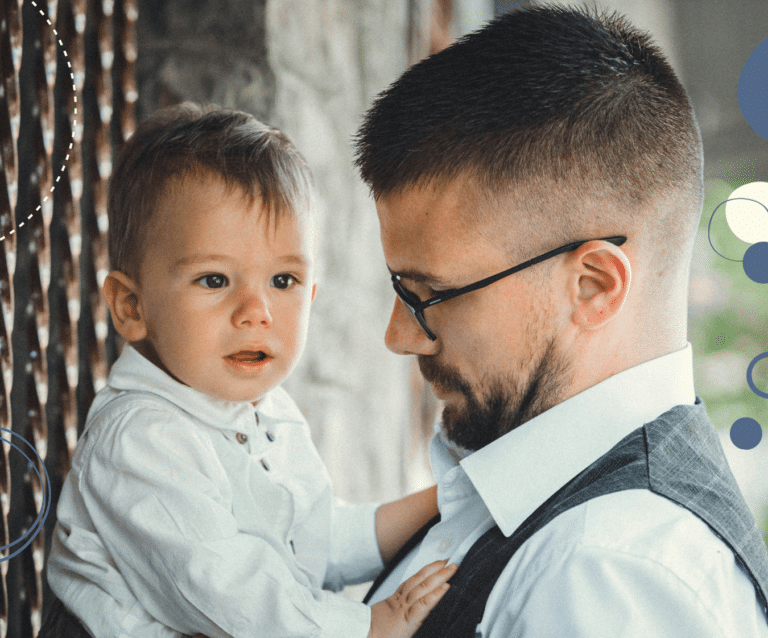Learning to be comfortable with our children’s discomfort…
When challenges happen in children’s worlds and they are held in the grip of big feelings, the last thing they need from their parents is a whirlwind. They don’t need us to throw our big feelings into the mix too.
What children really need is for parents to bring calm and safety to their big moments.
Which is difficult. Because for many parents, these are exactly the moments when it is hardest to stay calm. We easily get snatched up into their emotional rollercoaster. We see their pain and it goes right through us, so we end up feeling it too. Or, perhaps, we are triggered by guilt thoughts that this situation is somehow our fault, that we should have protected them more or parented them better. Or the lion(ness) inside us roars and we look to someone to blame for causing this discomfort to our most precious person.
When parents are distressed by children’s distress, we usually try to get rid of their pain as quickly as possible – by fixing, soothing, or reasoning them out of it. Feeling helpless, we can end up rounding on whoever we perceive made this happen (our child, their teacher, their friend, our co-parent….). We look to change the situation, to get rid of these uncomfortable feelings, as soon as possible.
However, rushing towards change or blame is the polar opposite of bringing calm to children’s distress or a sense of safety to their big feelings. When parents are panicked or inflamed, we signal to our children, “This situation is not ok, these feelings are not ok,” rather than bringing calm and safety.
If we truly want to stay calm in children’s distressed moments, then acceptance is key. We need to learn to feel comfortable and remain secure despite their discomfort.
Acceptance is not about rushing to change a difficult situation but, rather, just sitting with it, being OK in the presence of those distressed feelings. Accepting that the situation your child is in may be uncomfortable, even painful, but that it’s ok for them to experience negative feelings. And that those uncomfortable feelings hold invaluable learning for children.
Our job as parents is to help children experience uncomfortable feelings safely and grow through those big moments, not to eradicate them away.
Learning to be comfortable with our children’s discomfort means being able to accept a tween’s upset at the actions by a friend as a natural part of their social and emotional growth, without jumping to fix or soothe or teach. Understanding that it is our calm presence (rather than our sage advice) that will help our tween work their way through to a deeper understanding.
Learning to be comfortable with our children’s discomfort means being able to accept a toddler’s tantrum for exactly what it is – a normal developmental response to a situation where children’s desire to make things happen outstrips their ability to execute actions or regulate their emotions. It’s not a judgement on our child or on our parenting. It’s not a situation to be avoided at all costs. It’s not a sign that our child is spoilt or hard done by.
That’s not to say that there aren’t more or less helpful ways we can respond to a tantrum (or to a tween friendship issue). But every single one of those helpful ways starts with a calm acceptance that this is where our child is at right now and the best way we can help them is by remaining secure in our own base.
Does your child suffer from ANXIETY? We offer specialised support for parents to help you learn how to support an anxious child and build their confidence. Details here.






